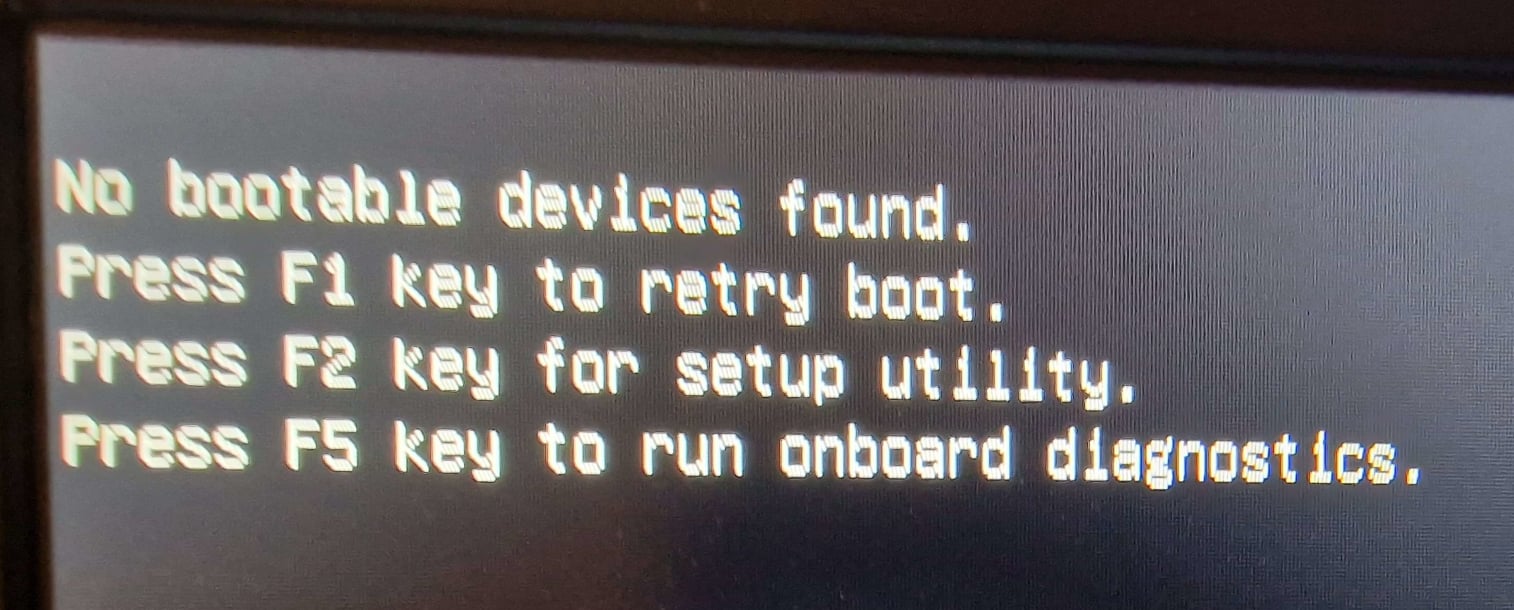In this blog I document my journey in learning the UEFI boot process and discover that not all laptop firmware implement the UEFI standard correctly or how you’d expect.
I’m curious if anyone else has had trouble getting laptops specifically to retain their UEFI BootOrder and if anyone else here has seen behavior like this on devices recently.



UEFI has a fallback bootloader (\efi\boot\bootx64.efi) that will usually work. That’s also why Windows will put a bootloader there, and why some devices don’t boot Grub anymore after Windows updates itself. You don’t even need to create a boot entry in NVRAM most of the time if you use that path.
Many times, UEFI implementations are buggy as hell. If your boot order settings don’t work, reset the settings to factory defaults and try again. I’ve had to deal with NVRAM corruption a bunch of times and manually fixing them just isn’t worth the headache.
Also, make sure your GPT partition is actually up to spec. When you don’t have the right GUIDs/flags on a partition, firmware will be quick to fall into some kind of quirks mode that just doesn’t work right. I can see why they do it, “the disk is corrupt but let’s try to boot Windows anyway” isn’t a bad way to approach that kind of fail state. As if the average consumer will know how to apply C12A7328-F81F-11D2-BA4B-00A0C93EC93B to their EFI system partition, they just want to play Candy Crush!
Some older devices have an annoying issue where their UEFI implementation is 32 bit, despite having a normal amd64 CPU. In those cases, you’re going to need the x86/ia32 path and special x86 bootloaders or the computer simply won’t boot. You can boot 64 bit operating systems from those, but moet package managers only ship amd64 versions of their loaders.